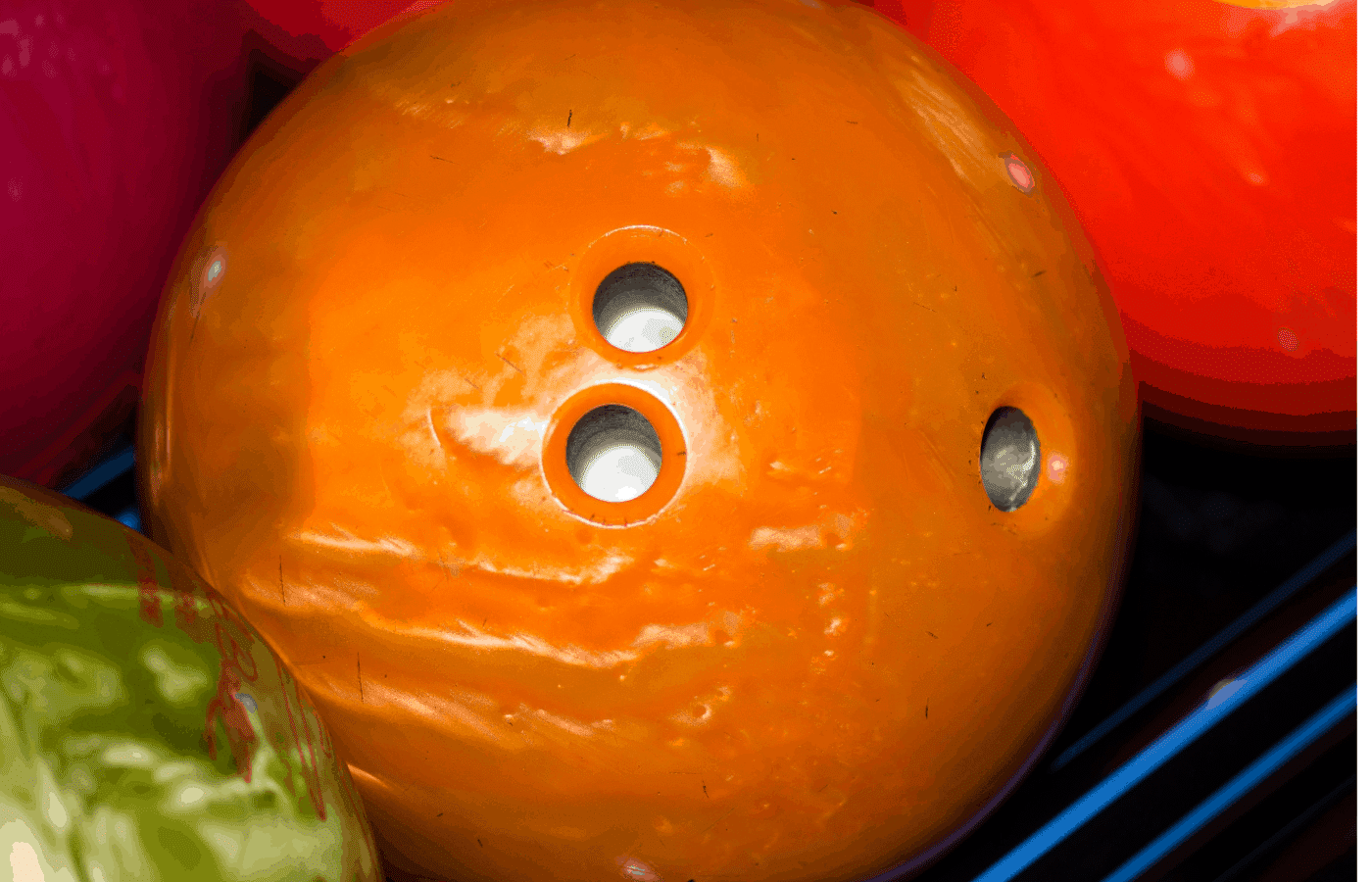If you’re a league or professional bowler, keeping your bowling ball clean and free of dirt, debris, oil and gum is essential business. There are many things that can clean your ball safely while ensuring it gets perfect friction down the lane.
While there are plenty of cleaning products on the market, acetone is one substance that many people do use to clean their bowling balls. But, acetone is a topic of much debate. Some people highly recommend it, others will tell you to avoid it at all costs and yet some say it is okay in careful moderation.
It’s really going to come down to you, the color of your ball, its surface and the compositional materials of the ball. You should take a peek at some of the online forums that discuss acetone to see if it’s something you should use. There are a plethora of horror stories about what happens in the aftermath of using it.
Can You Use Acetone to Clean Bowling Balls?
When it comes to DIY cleaning options for your bowling ball at home, using acetone can be helpful. But, you should also note that it can also be very dangerous. This is because it can weaken the cover stock, strip the balls polish and, in some cases, remove the color from the ball altogether.
So, you want to avoid a liberal application of it. This is because acetone is a solvent and used to remove nail polish and take off gel or acrylic nails put on at a salon. Plus, many mechanics use it for cleanups, to remove oil and grime from metal pieces and parts. Bowling balls are made of urethane, a petroleum plastic resin.
To check the current price and availability of Pronto Acetone, click here to view it on Amazon.
Does Acetone Hurt a Bowling Ball?
While some pro shops swear by using acetone, there are much safer alternatives. Yes, acetone will get rid of all the oils from the ball’s pores. But, it will remove more than you bargained for if you’re not careful. Any alteration to the ball will not only constitute a violation of official rules, but it will ruin the ball’s performance.
To be on the safe side, only use acetone on your bowling ball to get rid of a stubborn spot like gum, glue or other stuck-on filth. But, if you have to clean your bowling ball before a game, acetone can suffice in a pinch.
How to Use Acetone to Clean a Bowling Ball
Before deciding to use acetone on your whole bowling ball, test a small patch. Somewhere insignificant that won’t affect how your ball performs. For instance, you could take a cotton swab with a dab of acetone on it and put it somewhere between the finger holes.
Test a Small Area
Rub it on the spot well and wait about an hour or so to see if you notice any change to the cover stock, including the color and overall feel of the area. When in doubt, do another test patch in another area. In the event you’re still determined to use it, there is a method you can try.
Method for Using Acetone
If you can, first clean the ball with warm water and dish soap or a spray cleaner to remove any surface oil and dirt from the ball. Use a clean microfiber cloth and allow it to air dry completely. But, if you’re in a rush, you can skip this and go right for the acetone.
Place a clean microfiber cloth over the opening of the acetone container and do a quick flip upside down. Remove the cloth and wait 10 to 15 seconds. Apply it directly to the ball in fast, circular motions. Use another microfiber towel and wipe it well immediately after.
What Is the Best Bowling Ball Cleaner?
As far as household products go, Windex is the top recommendation as a bowling ball cleaner by leagues and the USBC. But, it isn’t necessarily the best when needing to rid of super gunk, like gum or glue. If you’re looking to remove stuck-on grime, use rubbing alcohol instead.
Alcohol is infinitely more effective than window cleaners and definitely safer than acetone. But note that you should also use this in sparse amounts because it can create discolored blotches all over your ball if you’re careless about it.
Commercial Bowling Ball Cleaners
However, there are some commercial products available with a chemical composition designed to be safe and effective on bowling balls. Lane Ghost, Monster Tac Remove All and Storm Reacta Foam are some promising ones.
For any other brands, check the ingredients list to be sure it doesn’t include too much acetone, rubbing alcohol or wax. Cheaper or ambiguous brands may not take the same care as Brunswick, for example.
We recommend using Lane Ghost Bowling Ball Cleaner. It is USBC approved, and does a great job at cleaning and removing oil, scuff, and belt marks.
Pro Shop Cleaning
But, these are at-home options and only good up to a point. The best, safest and surest way to clean your bowling ball is to take it to a pro shop. There are different levels and intensities from which you can choose. It can cost in the range of $5 to $40, depending on the depth and length of the cleaning.
Final Thoughts
If you want to avoid commercial cleaners or you just like DIY options, there are some at-home solutions to try. Acetone is one, but you have to be careful about using it. Depending on the design and engineering of your ball, it could do more damage than good.
A ball cleaned in a correct and proper way can maximize the cover stock’s performance to deliver the best scores and shots. But, one misstep can spell disaster. So, you want to take the utmost care and caution. Especially if you’re using acetone, where it can kill the cover stock and discolor the ball.
If you’re opting for acetone, be sure you test a small, inconspicuous area on the ball before using it on the whole thing. The moment you have doubts, opt for something else. Don’t take chances because you need to clean your bowling ball in a pinch.



